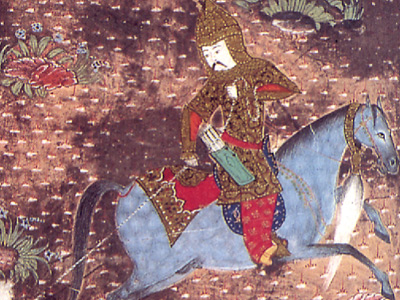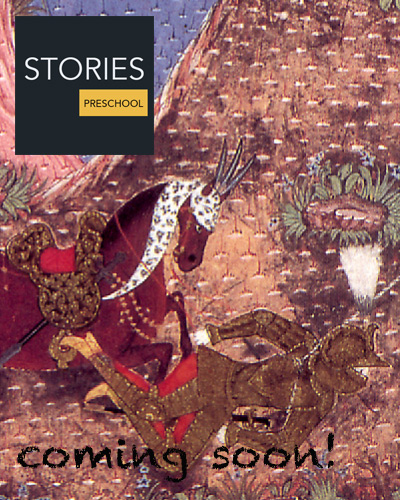Second Battle of Kosovo (1448)
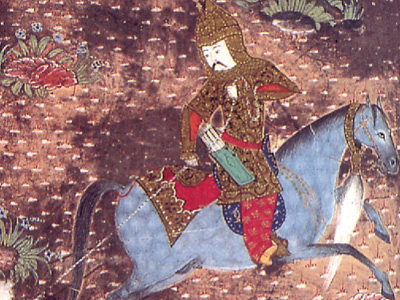
The Second Battle of Kosovo (17–20 October 1448) was a land battle between a Hungarian-led Crusader army and the Ottoman Empire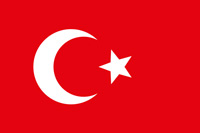 The Ottoman Empire, also known as the Turkish Empire, was an empire that controlled much of Southeast Europe, Western Asia, and Northern Africa between the 14th and early 20th centuries. The Ottomans ended the Byzantine Empire with the conquest of Constantinople in 1453. The Ottoman Empire's defeat and the occupation of part of its territory by the Allied Powers in the aftermath of World War I resulted in its partitioning and the loss of its Middle Eastern territories. at Kosovo Polje. It was the culmination of a Hungarian offensive to avenge the defeat at Varna four years earlier.
The Ottoman Empire, also known as the Turkish Empire, was an empire that controlled much of Southeast Europe, Western Asia, and Northern Africa between the 14th and early 20th centuries. The Ottomans ended the Byzantine Empire with the conquest of Constantinople in 1453. The Ottoman Empire's defeat and the occupation of part of its territory by the Allied Powers in the aftermath of World War I resulted in its partitioning and the loss of its Middle Eastern territories. at Kosovo Polje. It was the culmination of a Hungarian offensive to avenge the defeat at Varna four years earlier.
In the three-day battle the Ottoman army under the command of Sultan Murad II defeated the Crusader army of regent John Hunyadi. Calculating that he would need more than 40,000 men to defeat the Ottomans, the Hungarian regent sought to join up with anti-Ottoman Albanian forces, possibly led by Skanderbeg. The Ottomans in their base at Sofia received word of the Crusader army's march route and subsequently began readying their men.
Having failed to locate the main Ottoman army, whom he believed to still be at their capital in Edirne, Hunyadi was caught by surprise on 17 October when the Ottoman army appeared in front of his men at Kosovo Field. He constructed a tabor wagon fort at Plementina hill from which to fight the Ottomans, who built their own stockade in response. Cavalry skirmishing on the flanks of the stockades during the first two days and a Crusader night-time attack using their wagons and guns against the Sultan's central position on the night of 18/19 October produced much bloodshed but no conclusive results.
On 19 October Murad II used his sipahi cavalry from Thessaly to envelop the cavalry on the Crusader left flank, along with a general assault all along the line to distract Hunyadi from the primary effort. The maneuver worked and the Wallachian, Moldavian and Hungarian cavalry were cut down by the sipahis, who took no prisoners. Much of the Crusader army then retreated. On 20 October, with Murad II personally observing the struggle, the Janissaries attacked and killed everyone left in the stockade.
The battle ended any hopes of saving Constantinople from the Ottoman Empire. The Hungarian kingdom no longer had the military and financial resources to mount an offensive against the Ottomans. With the end of the half-century-long Crusader threat to their European frontier, Murad's son Mehmed II was free to lay siege to Constantinople in 1453.
Background
In 1448, John Hunyadi saw the right moment to lead a campaign against the Ottoman Empire. After the defeat at the Battle of Varna (1444), he raised another army to attack the Ottomans. His strategy was based on an expected revolt of the Balkan people, a surprise attack, and the destruction of the main force of the Ottomans in a single battle.
In September 1448 Hunyadi led the Hungarian forces across the Danube river and camped them in Serbia next to Kovin, just outside the Serbian capital of Smederevo. For a full month the Hungarians were encamped there awaiting the German crusaders, the Wallachian Duke as well as the Bohemian and Albanian army. The Albanian army under Skanderbeg did not participate in this battle as he was prevented from linking with Hunyadi's army by the Ottomans and their allies. It is believed that he was delayed by Serbian despot Đurađ Branković, then allied with Sultan Murad II, although Branković's exact role is disputed. As a result, Skanderbeg ravaged Branković's domains as punishment for deserting the Christian cause.
Branković reacted ambiguously at the trespassing and negotiated the terms of joining the Crusade against the Ottomans over that period of time. Hunyadi had told Branković that he had brought 20,000 of his own men, awaiting additional reinforcements, and that he [Branković] with his light cavalry was the only ally necessary to make this a decisive victory. Branković was weary, having had his realm restored after a full-scale Ottoman occupation only in 1444, and, fully aware of the strength of the Ottoman military force, wanting to keep his throne. Despot Branković was also unwilling to set himself under Hunyadi's command under any condition, as he personally disliked him, considering him of lower stature.
The central point of the dispute between Hunyadi and Branković was their personal quarrel. After the Peace of Szeged in 1444, Serbia became a vassal of the Ottomans, agreeing to pay 50 000 florins and contributing 4 000 cavalry at a call to arms. For Hunyadi and Wladyslaw, the despot offered all his Hungarian belongings to agree the peace. Hunyadi didn't give much credit to any deals with the Ottomans, while Branković saw this as a chance for peace and prosperity for Serbia, so the peace were struck, Branković left Hungary to Smederevo. Later that year (1444) the crusader army wished to reach Adrianople through Serbia and Bulgaria, but Branković denied them passage. As the crusaders knew, that the Venetian fleet can blockade the straits at Marmara for only a short period of time, they chose the Danube route, but Hunyadi deemed the despot crazy for thinking that Murad gave him back his country permanently and promised Branković to set Serbia on fire when they return. After the Varna battle Hunyadi spent 1445 solving internal affairs, in 1446 he had to campaign in Styria against Ullrich of Celje and in 1447 he put down an Ottoman-friendly Wallachian revolt, but in 1448 the time has come to another crusade, and another chance for the despot to redeem himself, but yet again he denied passage and asked help from the Ottomans instead.
Battle
The Crusaders, numbering 22,000–30,000, arrived at Kosovo Field – the site of the first Battle of Kosovo in 1389, between Serbs and Ottomans – and faced an Ottoman army of up to 60,000. Sultan Murad personally commanded a large section of cannons and janissaries, while his son and successor Mehmed, who faced battle for the first time, led the Anatolian troops at the right wing. Hunyadi commanded the center of his army in the battle, while the Crusaders right wing was under the Wallachians. The Hungarians had long barrage cannons.
The next day the battle opened when Hunyadi attacked the Ottoman flanks with mixed cavalry (light and heavy). The Turkish flanks, consisting of soldiers from Rumelia and Anatolia, were losing until Turkish light cavalry arrived to reinforce them. The Christian flanks were subsequently routed and the survivors retreated back to Hunyadi's main force. When Hunyadi saw the defeat of his flanks, he attacked with his main force, composed of knights and light infantry. The janissary corps were not successful; the cavalry made progress through the Turkish center but were stopped at the Turkish camp. When the main attack was halted, the Turkish infantry regrouped and successfully drove the Hungarian knights back. The light cavalry, who were now without the knights' support, were also overcome. Hungarian forces retreated to their camp. During the retreat, the janissaries killed most of the Hungarian nobles; Hunyadi fled, but was later captured by the Serbs. During the night, Turkish infantry fired missiles at the Hungarians, who replied with cannons. On the next day, a final assault destroyed the remaining Hungarian army.
Aftermath
The Christian Balkan states were unable to resist the Ottomans after this defeat, eventually falling under control of the Ottoman Empire. After the battle Hunyadi was captured by Branković, who did not release him until a ransom of 100,000 florins, the return of the domains that Hunyadi had revocated from Branković, and the engagement of Hunyadi's heir to Branković's daughter were agreed upon. For the remainder of his reign Hunyadi successfully defended the Kingdom of Hungary against Ottoman campaigns. Skanderbeg also successfully continued his resistance in Albania until his death in 1468, but ten years later the country fell under full Ottoman control.
HISTORY
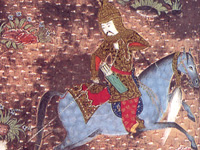
RESOURCES
This article uses material from the Wikipedia article "Second Battle of Kosovo (1448)", which is released under the Creative Commons Attribution-Share-Alike License 3.0.
© Stories Preschool. All Rights Reserved.
